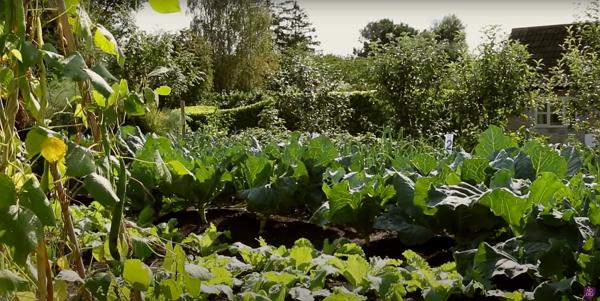How do different compost compared to each other when growing the exact same vegetables.
Thanks to Charles Dowding for sharing his wisdom and knowledge! I wrote the following notes watching the video published on Charles Dowding’s channel. You can watch it using this YouTube link.
This article provides you a summary of the trial Charles conducted to compare two composts to grow the same vegetables.
The trial setup
Charles compares two composts:
- Mushroom compost
- Composted cow manure
Mushroom compost contains more nutrients than regular green waste compost.
Animal manure compost depends on the type of bedding that they were on.
The results
On the strip with mushroom compost, the yields over 3 years were the following:
| Composted cow manure | Mushroom compost |
|---|---|
| 229.26 kg | 251.94 kg |
You would have thought that cow manure would have produced more.
In detail
- No carrots grew up in the bed covered with cow manure compost. See below why.
- Potatoes, lettuce and chicory yielded a similar amount.
- Leeks and cabbages looked better in the cow manure compost. However, in that same compost, Charles feels like the broad beans note yielding as much as the other compost (mushroom compost), in the same area, may have left more nutrients for the next vegetables.
- Chinese cabbages aren’t doing well in the cow manure, for the same reason as the carrots.
- Squashes yielded more crops in the mushroom compost.
Why those results
Simply put: the little bit of straw brings snails and slugs eating crops.
Personal comments on straw
I have found that straw helps to retain moisture. But autumn leaves provided me with a better result.
Also leaves keep the badgers away, or at least they don’t attract them as the straw does. Two years ago, I had replanted peas three times because the badgers came to plow the garden!
Last year, with leaves, they still came, but a lot fewer times.
